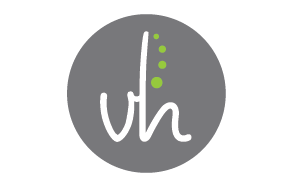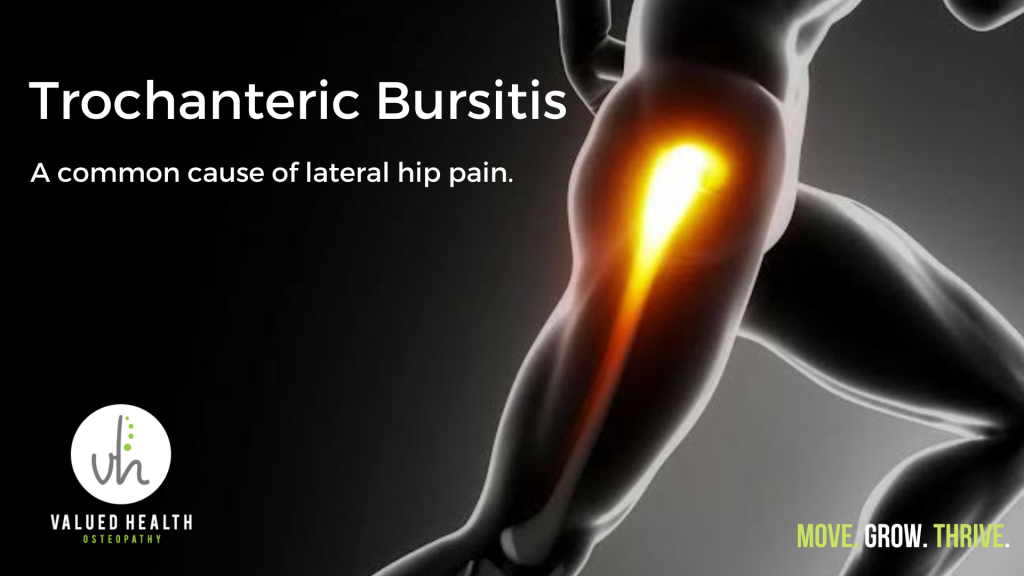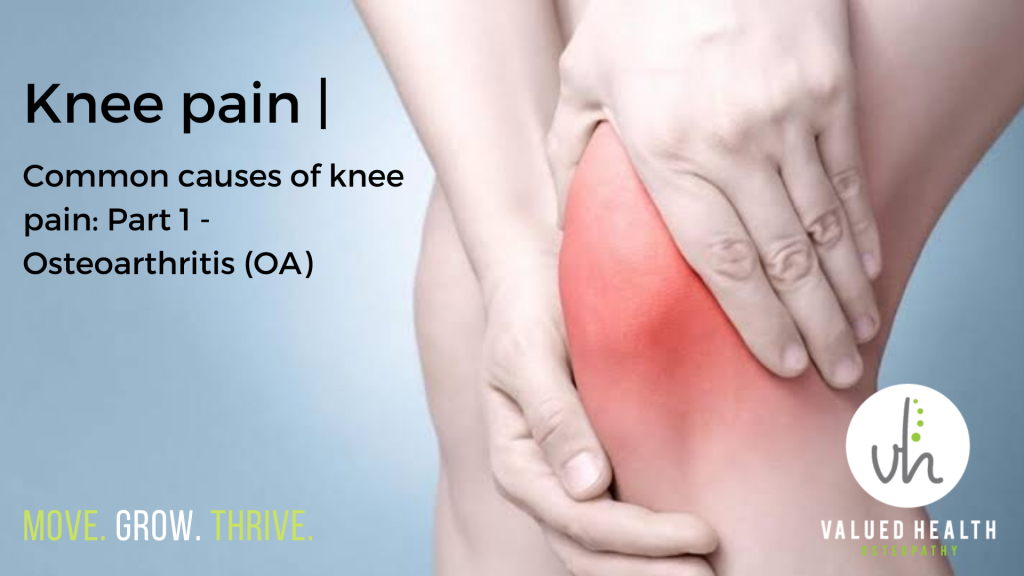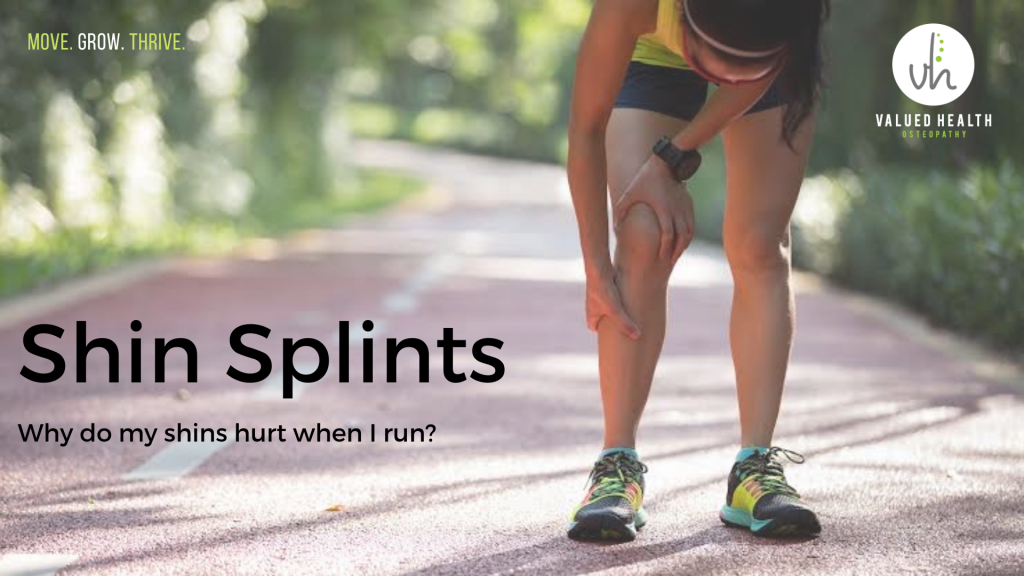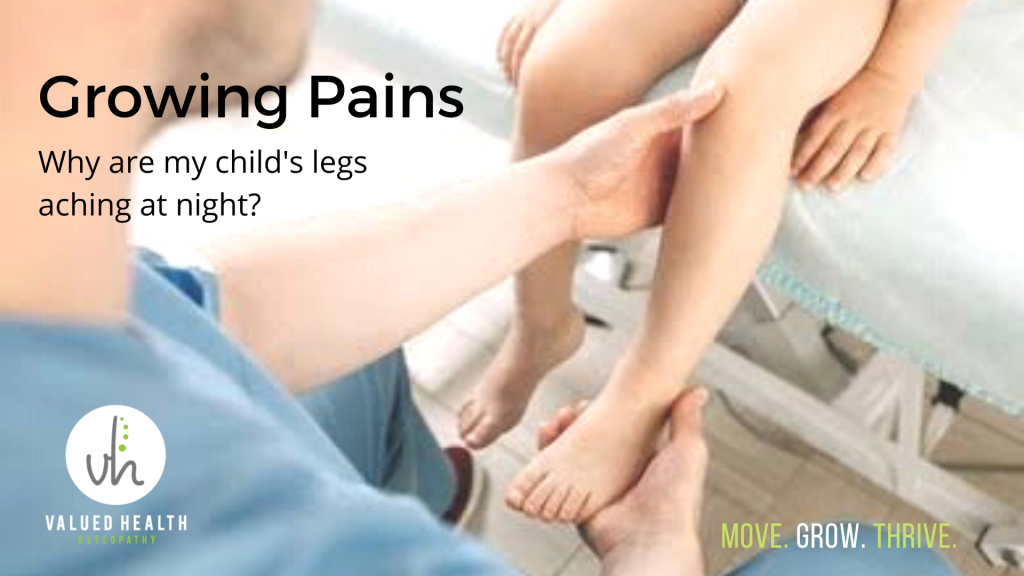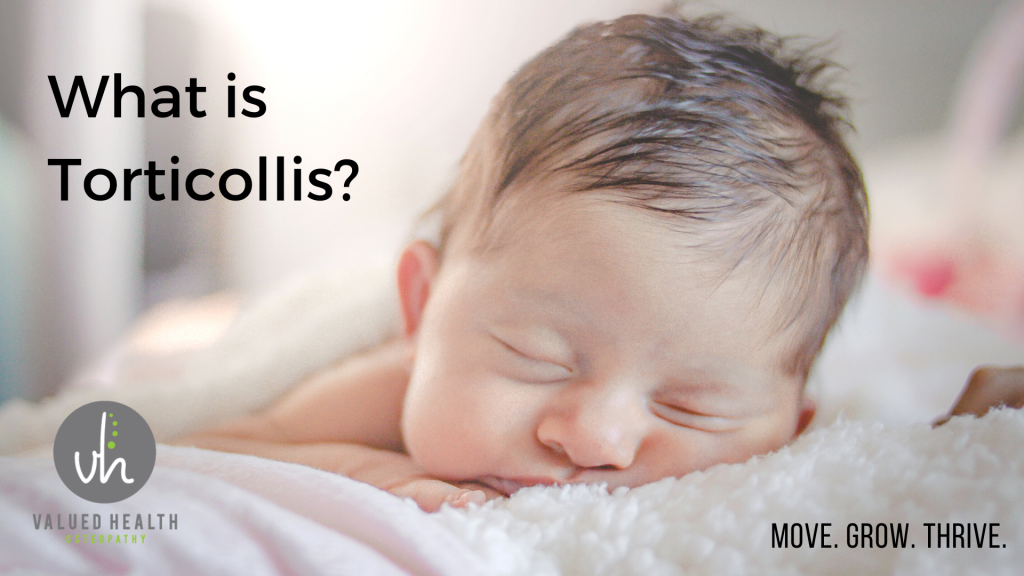Trochanteric Bursitis
Trochanteric Bursitis | A common cause of lateral hip pain.
What is Trochanteric Bursitis?
Trochanteric bursitis is inflammation of the bursa that sits on the side of your greater trochanter, the side of your hip. A bursa is a sac of fluid that sits between muscles/tendons and bones to provide cushion as well smooth frictionless movement.
Who does it affect and what causes it?
More common in women, especially middle-aged women
Excessive or repetitive movements – such as athletics, running, cycling or jumping
Cycling
Direct trauma to the bursa – commonly seen in elderly patients who are at risk of falls
Sedentary or bed bound patients due to constant pressure over the greater trochanter
How does Trochanteric Bursitis occur?
This usually occurs due to either repetitive microtrauma that can be from running or exercise involving the hip and tendinopathy of the surrounding musculature. It can also be caused by direct trauma and compression of the bursa or idiopathically, without any reason.
What are the symptoms?
One sided lateral hip pain
Gradual onset of pain
Local pain over the greater trochanter
Pain that improves with anti-inflammatories
Pain that is worse with prolonged activity that involves stabilisation of the pelvis e.g standing on one leg
Pain that is brought on with adduction of the femur – swinging the leg across the midline of the body
How can Trochanteric Bursitis be treated?
In most cases trochanteric bursitis can be managed with conservative care through adequate rest and pharmacotherapy. However, there are instances where more direct intervention is required through physical therapy and stronger pharmacotherapy. In rare cases, surgery may be considered if patients do not respond well to conservative measures.
Here are some common exercises that can be prescribed to manage your lateral hip pain. This is general advice only and not to be substituted for personalised medical advice.
Sit to stand
- Using a chair or bench
- Place your feet shoulder width apart with your hands out in front for balance
- Sit back down into a squat position and barely touch the chair or bench with your bottom and then stand back up
- Perform 3 sets of 15, 3x a week
Glute bridges
- Lie flat on the ground with your hips and knees bent at 90 degrees
- Raise your hips to the sky by squeezing your bottom and hamstrings to elevate your bottom from the ground. Most of body weight should be on your upper back
- Perform 3 sets of 10, 3x a week
Step ups
- Using a small stool or a stair case
- Standing with both feet on an elevated platform such a small stool or stairs.
- Slowly bring one leg back and drop it down to the bottom level whilst keeping tension over the glutes of the elevated leg.
- Whilst holding this tension, raise the leg on the bottom level back to the starting position.
- Perform 3 sets of 10 on each leg, 3x a week.
If you’re experiencing pain or had a recent flare up of an old injury, we recommend you consult with one of our Osteopaths to find out the “do’s and don’ts” depending on the severity of your injury as there is no ‘one size fits all’ with treatment plans.
References:
-
-
Seidman AJ, Taqi M, Varacallo M. Trochanteric Bursitis. [Updated 2022 Nov 20]. In: StatPearls [Internet]. Treasure Island (FL): StatPearls Publishing; 2023 Jan-. Available from: https://www.ncbi.nlm.nih.gov/books/NBK538503/
-
Make an appointment today – Book online!
You do not need a referral to see one of our friendly Osteopaths at Valued Health Osteopathy. We have a very good relationship with many surrounding doctors, other health practitioners and personal trainers in the local community of Bentleigh East , Bentleigh, Ormond, McKinnon, Oakleigh, Carnegie, Caulfield, Moorabbin, Murrumbeena, Brighton, Clayton and Clarinda.
Valued Health Osteopathy offers Osteopathy, Clinical Pilates, Infant & Children Osteopathy, Pelvic Health Osteopathy, Exercise Rehabilitation and Strength & Conditioning. Valued Health Osteopathy is open 6 days a week with early morning and evening appointments.
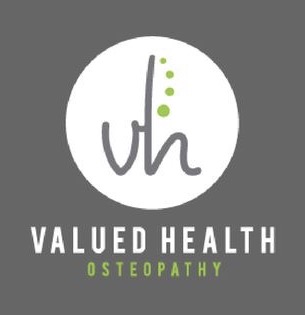
Valued Health Osteopathy is located at 3/658 Centre Road, Bentleigh East, Melbourne, Victoria, 3165.
Valued Health Osteopathy | Osteopathy Australia
